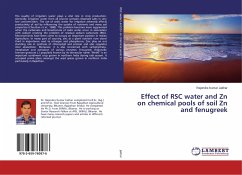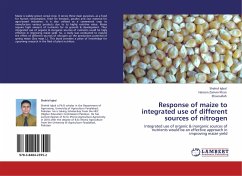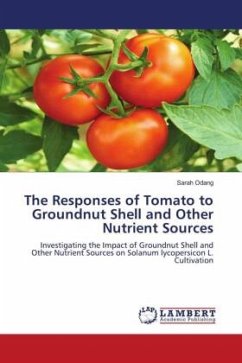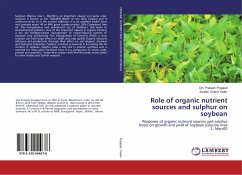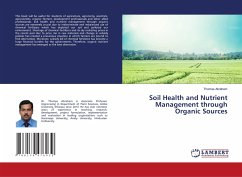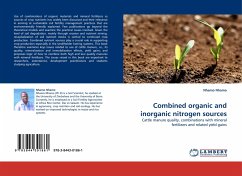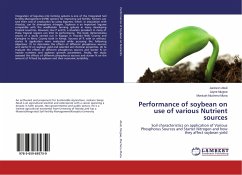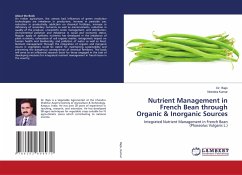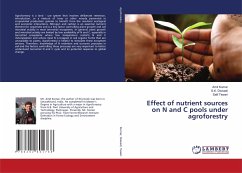
Effect of nutrient sources on N and C pools under agroforestry
Versandkostenfrei!
Versandfertig in 1-2 Wochen
47,99 €
inkl. MwSt.

PAYBACK Punkte
24 °P sammeln!
Agroforestry is a land - use system that involves deliberate retention, introduction, or a mixture of trees or other woody perennials in crop/animal production systems to benefit from the resultant ecological and economic interactions. Nitrogen and carbon is an essential nutrient element for organisms and is a key factor controlling plant growth and soil microbial activity in most terrestrial ecosystems. In general, plant growth and microbial activity are limited by low availability of N and C, especially in terrestrial ecosystems where low temperature restricts N and C mineralization and wher...
Agroforestry is a land - use system that involves deliberate retention, introduction, or a mixture of trees or other woody perennials in crop/animal production systems to benefit from the resultant ecological and economic interactions. Nitrogen and carbon is an essential nutrient element for organisms and is a key factor controlling plant growth and soil microbial activity in most terrestrial ecosystems. In general, plant growth and microbial activity are limited by low availability of N and C, especially in terrestrial ecosystems where low temperature restricts N and C mineralization and where most N is trapped in soil organic forms that are unavailable to plants. Agroforestry is helpful to stimulate these ecosystem services. Therefore, knowledge of N retention and turnover processes in soil and the factors controlling these processes are very important to better understand terrestrial N and C cycle and its potential response to global change.



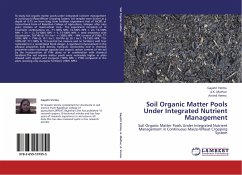
![Sulphur Pools in Long Term Field Experiment [LTFE] Cover Sulphur Pools in Long Term Field Experiment [LTFE]](https://bilder.buecher.de/produkte/63/63981/63981294n.jpg)
